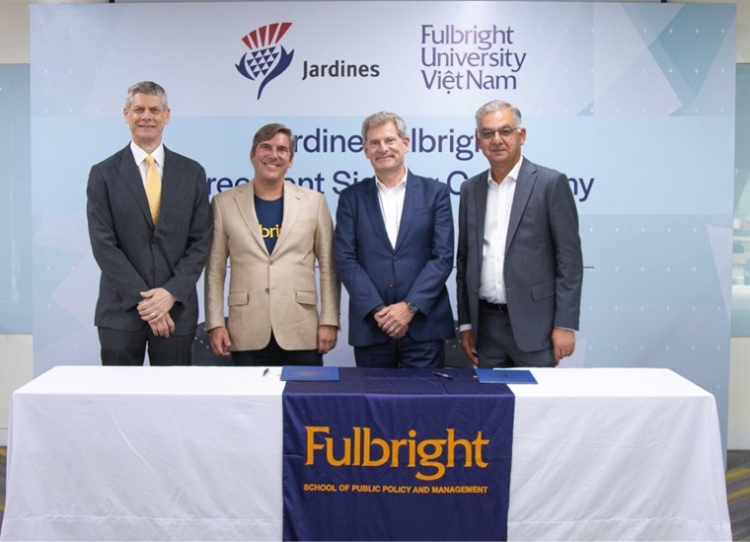
A handover ceremony to celebrate Gammon taking possession of Hong Kong’s first battery-powered crawler crane was held recently. Introduction of the LR 1160.1 unplugged to its plant fleet marks a milestone on Gammon’s journey to achieving its company-wide emission reduction targets which are in line with climate science and the Science Based Target initiative (SBTi).
Delivered from Austria and with a maximum lifting capacity of 160 metric tonnes, the new crawler crane will be deployed on Gammon’s Terminal 2 Expansion project at Hong Kong International Airport. The crane with an alternative drive system enables a healthier working environment for everyone working on site, and a net carbon saving of nearly 76 metric tonnes CO2e every year. It can also be used in both plugged and unplugged modes which provides flexibility in its site deployment. In addition, it comes with a 95% recyclable battery with a short charging time of 4.5 hours.
“With our unplugged cranes we offer our customers an alternative drive design. As we have already seen with the LB 16 unplugged, the first battery-powered drilling rig, the strategy is a complete success. Strict requirements regarding environmental sustainability in tenders for construction projects increase the demand for advanced technologies. For us, it was clear that we extend and successfully establish the design in further product groups,” says Andreas Ganahl, Managing Director for Sales at Liebherr (HKG) Ltd.

Gammon Chief Executive Kevin O’Brien said, “Gammon believes business sustainability and environmental sustainability are inherently interlinked. Introduction of the first electric crawler crane to Hong Kong demonstrates Gammon’s commitment towards net zero. We look forward to having quieter, cleaner and lower carbon construction sites in the future.”
Under the SBTi commitment, Gammon is setting two targets for 2033: (a) cutting 55% of the company’s absolute energy-related emissions through early site electrification, the deployment of electric plant and vehicles, increased energy efficiency and the adoption of modern methods of construction; and (b) reducing the company’s indirect emissions - mainly the embodied carbon in materials - by 33% through modularisation and reuse of structural steel, lower carbon concrete mixes, procurement of lower carbon steel, optimised material usage through design and construction methods, and selection of alternative materials with a lower carbon footprint.
Last year, Gammon also introduced CarbonCure technology to Hong Kong, whereby carbon dioxide is injected into concrete to help reduce its carbon footprint. The construction company is pleased to be an industry frontrunner in the adoption of green construction technology.
Visit Gammon's website to learn more.



